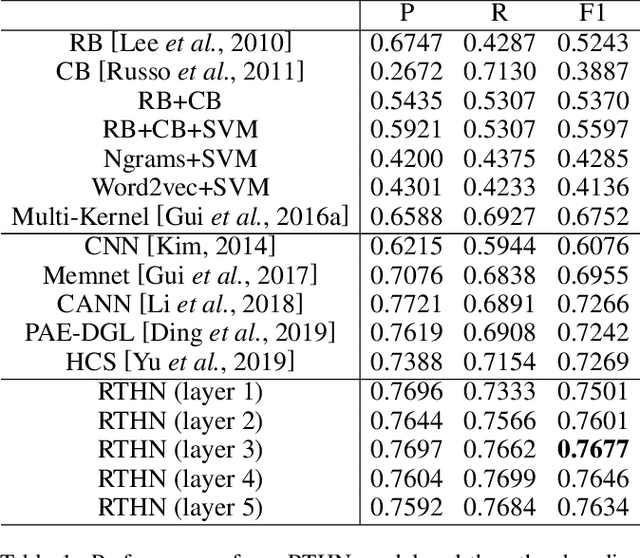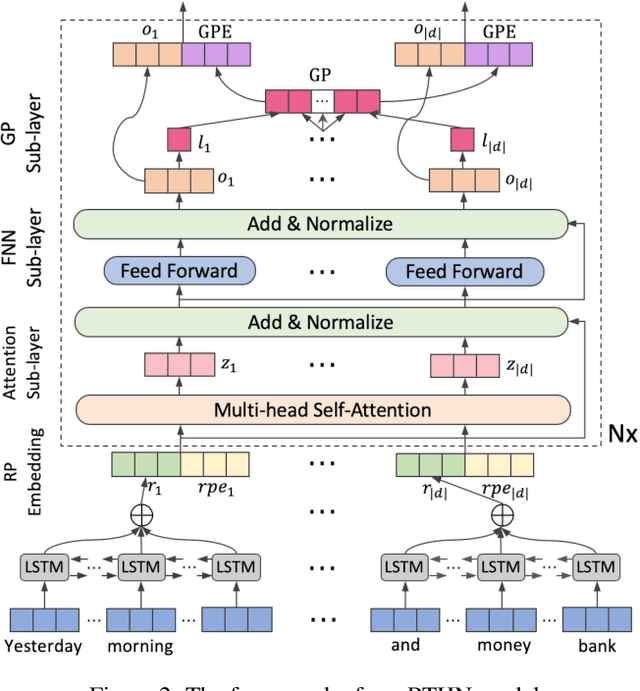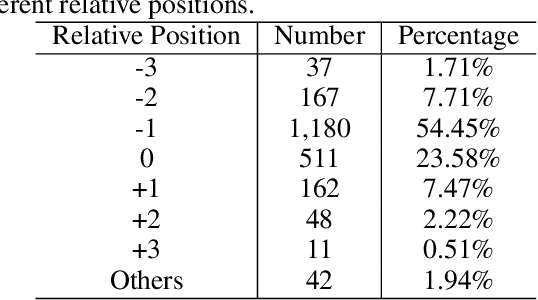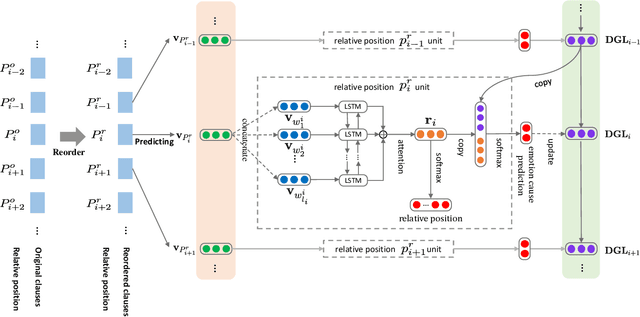Mengran Zhang
Conversational Intent-Driven GraphRAG: Enhancing Multi-Turn Dialogue Systems through Adaptive Dual-Retrieval of Flow Patterns and Context Semantics
Jun 24, 2025Abstract:We present CID-GraphRAG (Conversational Intent-Driven Graph Retrieval Augmented Generation), a novel framework that addresses the limitations of existing dialogue systems in maintaining both contextual coherence and goal-oriented progression in multi-turn customer service conversations. Unlike traditional RAG systems that rely solely on semantic similarity (Conversation RAG) or standard knowledge graphs (GraphRAG), CID-GraphRAG constructs dynamic intent transition graphs from goal achieved historical dialogues and implements a dual-retrieval mechanism that adaptively balances intent-based graph traversal with semantic search. This approach enables the system to simultaneously leverage both conversional intent flow patterns and contextual semantics, significantly improving retrieval quality and response quality. In extensive experiments on real-world customer service dialogues, we employ both automatic metrics and LLM-as-judge assessments, demonstrating that CID-GraphRAG significantly outperforms both semantic-based Conversation RAG and intent-based GraphRAG baselines across all evaluation criteria. Quantitatively, CID-GraphRAG demonstrates substantial improvements over Conversation RAG across automatic metrics, with relative gains of 11% in BLEU, 5% in ROUGE-L, 6% in METEOR, and most notably, a 58% improvement in response quality according to LLM-as-judge evaluations. These results demonstrate that the integration of intent transition structures with semantic retrieval creates a synergistic effect that neither approach achieves independently, establishing CID-GraphRAG as an effective framework for addressing the challenges of maintaining contextual coherence and goal-oriented progression in knowledge-intensive multi-turn dialogues.
Temporal-Spatial Entropy Balancing for Causal Continuous Treatment-Effect Estimation
Dec 19, 2023Abstract:In the field of intracity freight transportation, changes in order volume are significantly influenced by temporal and spatial factors. When building subsidy and pricing strategies, predicting the causal effects of these strategies on order volume is crucial. In the process of calculating causal effects, confounding variables can have an impact. Traditional methods to control confounding variables handle data from a holistic perspective, which cannot ensure the precision of causal effects in specific temporal and spatial dimensions. However, temporal and spatial dimensions are extremely critical in the logistics field, and this limitation may directly affect the precision of subsidy and pricing strategies. To address these issues, this study proposes a technique based on flexible temporal-spatial grid partitioning. Furthermore, based on the flexible grid partitioning technique, we further propose a continuous entropy balancing method in the temporal-spatial domain, which named TS-EBCT (Temporal-Spatial Entropy Balancing for Causal Continue Treatments). The method proposed in this paper has been tested on two simulation datasets and two real datasets, all of which have achieved excellent performance. In fact, after applying the TS-EBCT method to the intracity freight transportation field, the prediction accuracy of the causal effect has been significantly improved. It brings good business benefits to the company's subsidy and pricing strategies.
RTHN: A RNN-Transformer Hierarchical Network for Emotion Cause Extraction
Jun 04, 2019



Abstract:The emotion cause extraction (ECE) task aims at discovering the potential causes behind a certain emotion expression in a document. Techniques including rule-based methods, traditional machine learning methods and deep neural networks have been proposed to solve this task. However, most of the previous work considered ECE as a set of independent clause classification problems and ignored the relations between multiple clauses in a document. In this work, we propose a joint emotion cause extraction framework, named RNN-Transformer Hierarchical Network (RTHN), to encode and classify multiple clauses synchronously. RTHN is composed of a lower word-level encoder based on RNNs to encode multiple words in each clause, and an upper clause-level encoder based on Transformer to learn the correlation between multiple clauses in a document. We furthermore propose ways to encode the relative position and global predication information into Transformer that can capture the causality between clauses and make RTHN more efficient. We finally achieve the best performance among 12 compared systems and improve the F1 score of the state-of-the-art from 72.69\% to 76.77\%.
From Independent Prediction to Re-ordered Prediction: Integrating Relative Position and Global Label Information to Emotion Cause Identification
Jun 04, 2019



Abstract:Emotion cause identification aims at identifying the potential causes that lead to a certain emotion expression in text. Several techniques including rule based methods and traditional machine learning methods have been proposed to address this problem based on manually designed rules and features. More recently, some deep learning methods have also been applied to this task, with the attempt to automatically capture the causal relationship of emotion and its causes embodied in the text. In this work, we find that in addition to the content of the text, there are another two kinds of information, namely relative position and global labels, that are also very important for emotion cause identification. To integrate such information, we propose a model based on the neural network architecture to encode the three elements ($i.e.$, text content, relative position and global label), in an unified and end-to-end fashion. We introduce a relative position augmented embedding learning algorithm, and transform the task from an independent prediction problem to a reordered prediction problem, where the dynamic global label information is incorporated. Experimental results on a benchmark emotion cause dataset show that our model achieves new state-of-the-art performance and performs significantly better than a number of competitive baselines. Further analysis shows the effectiveness of the relative position augmented embedding learning algorithm and the reordered prediction mechanism with dynamic global labels.
 Add to Chrome
Add to Chrome Add to Firefox
Add to Firefox Add to Edge
Add to Edge